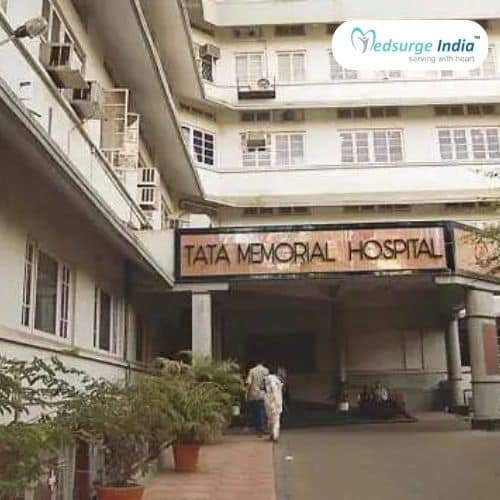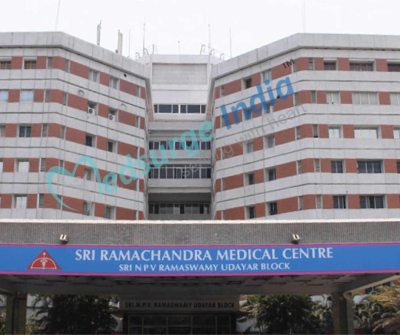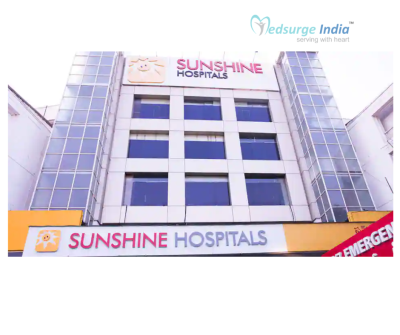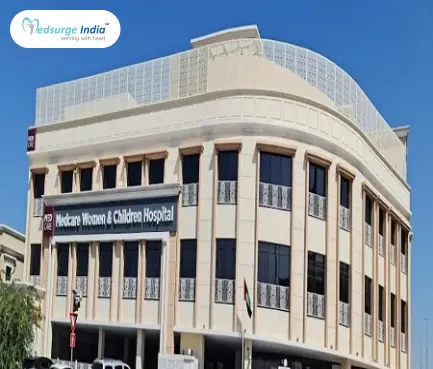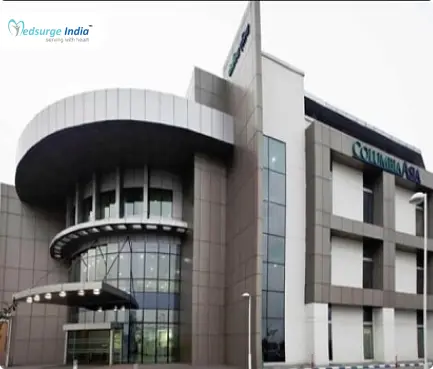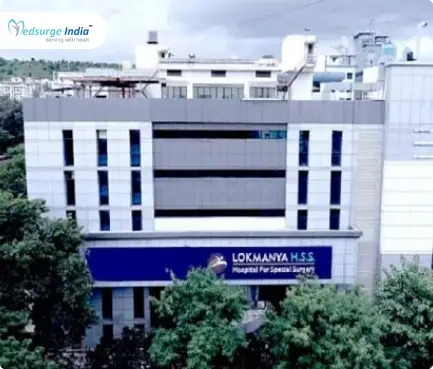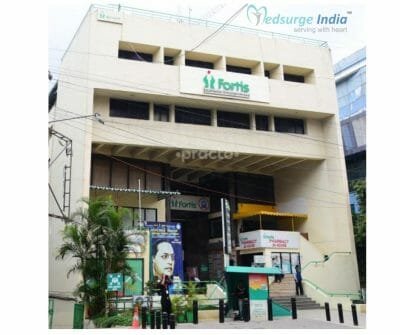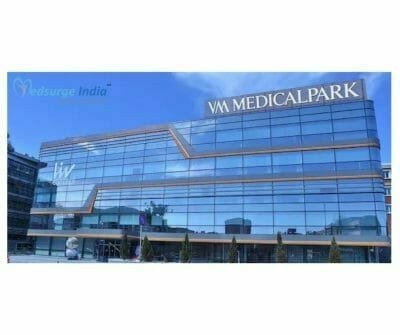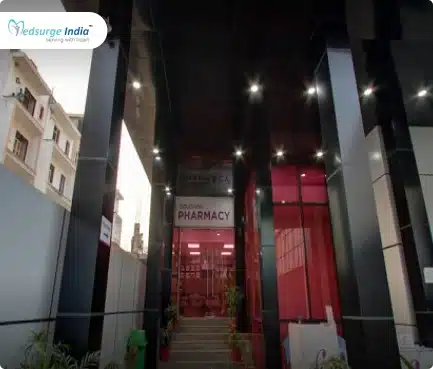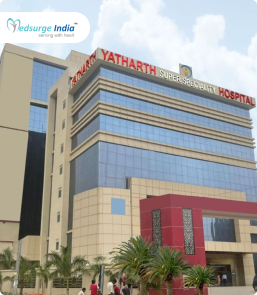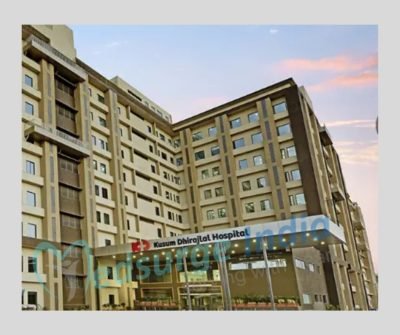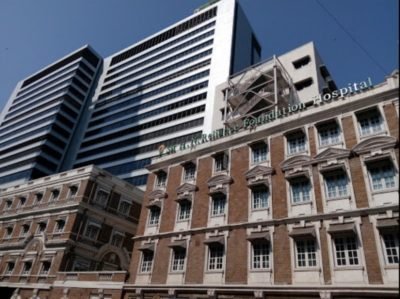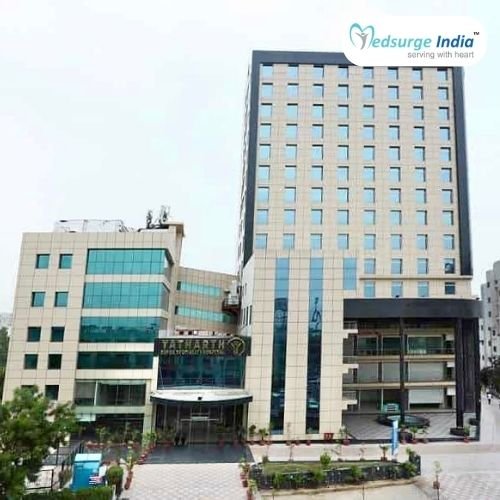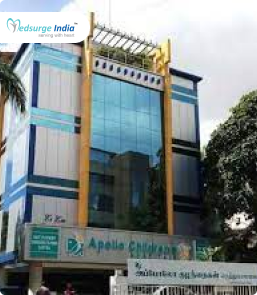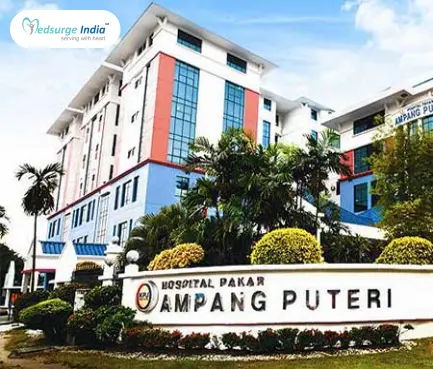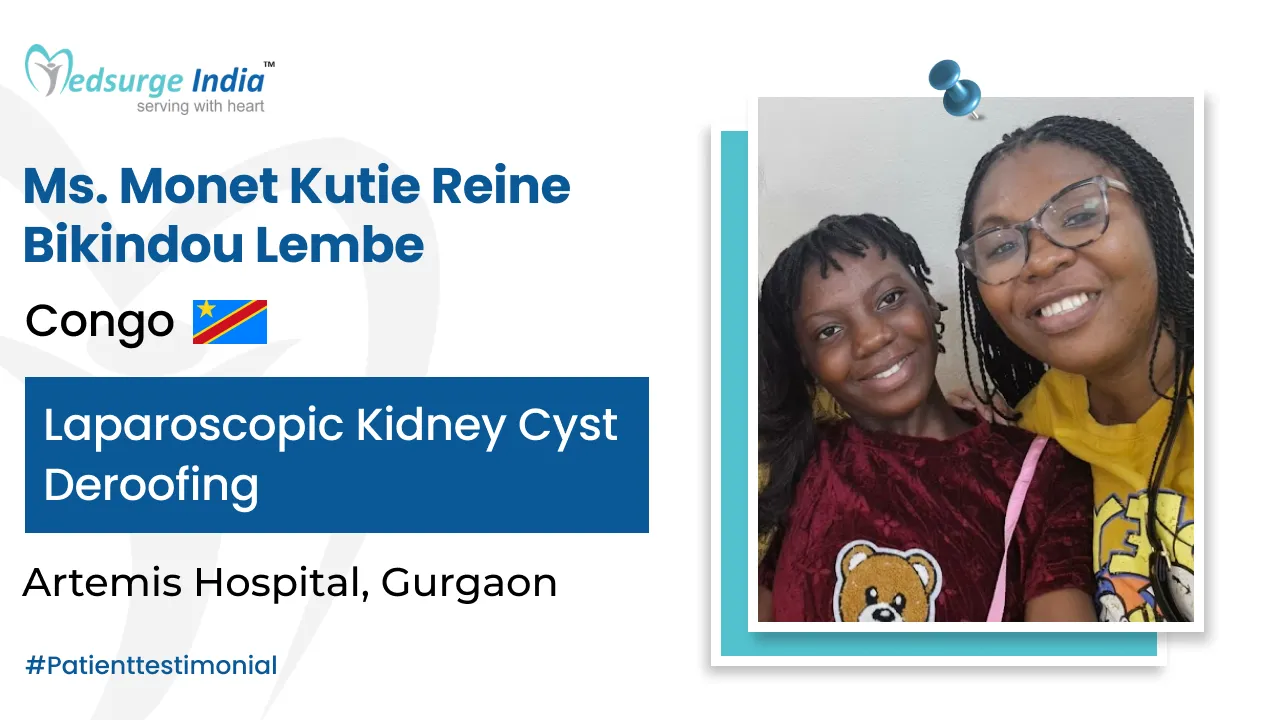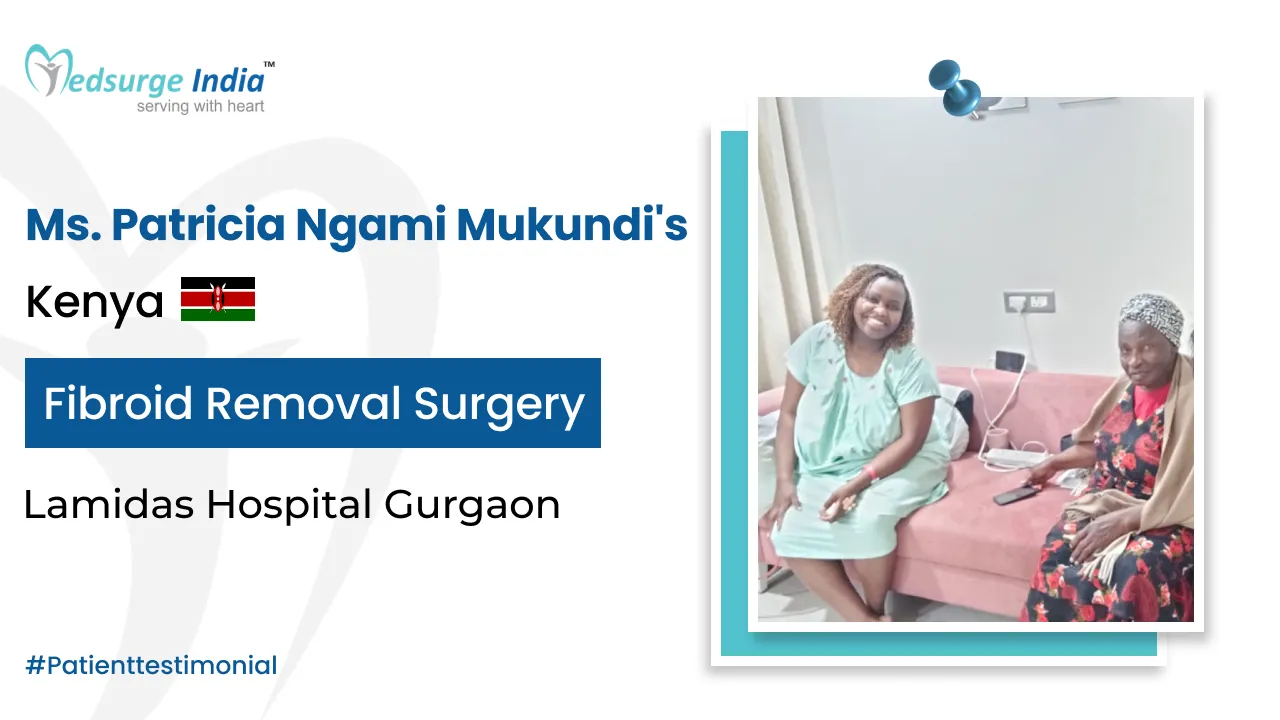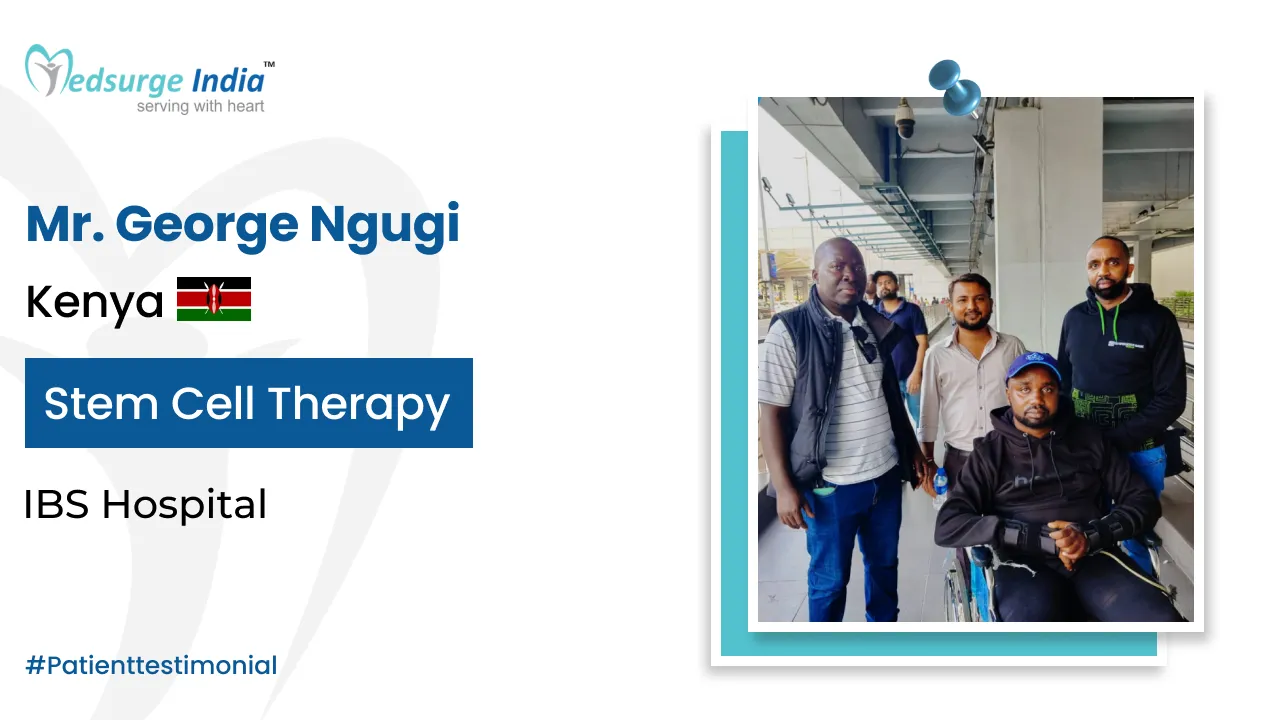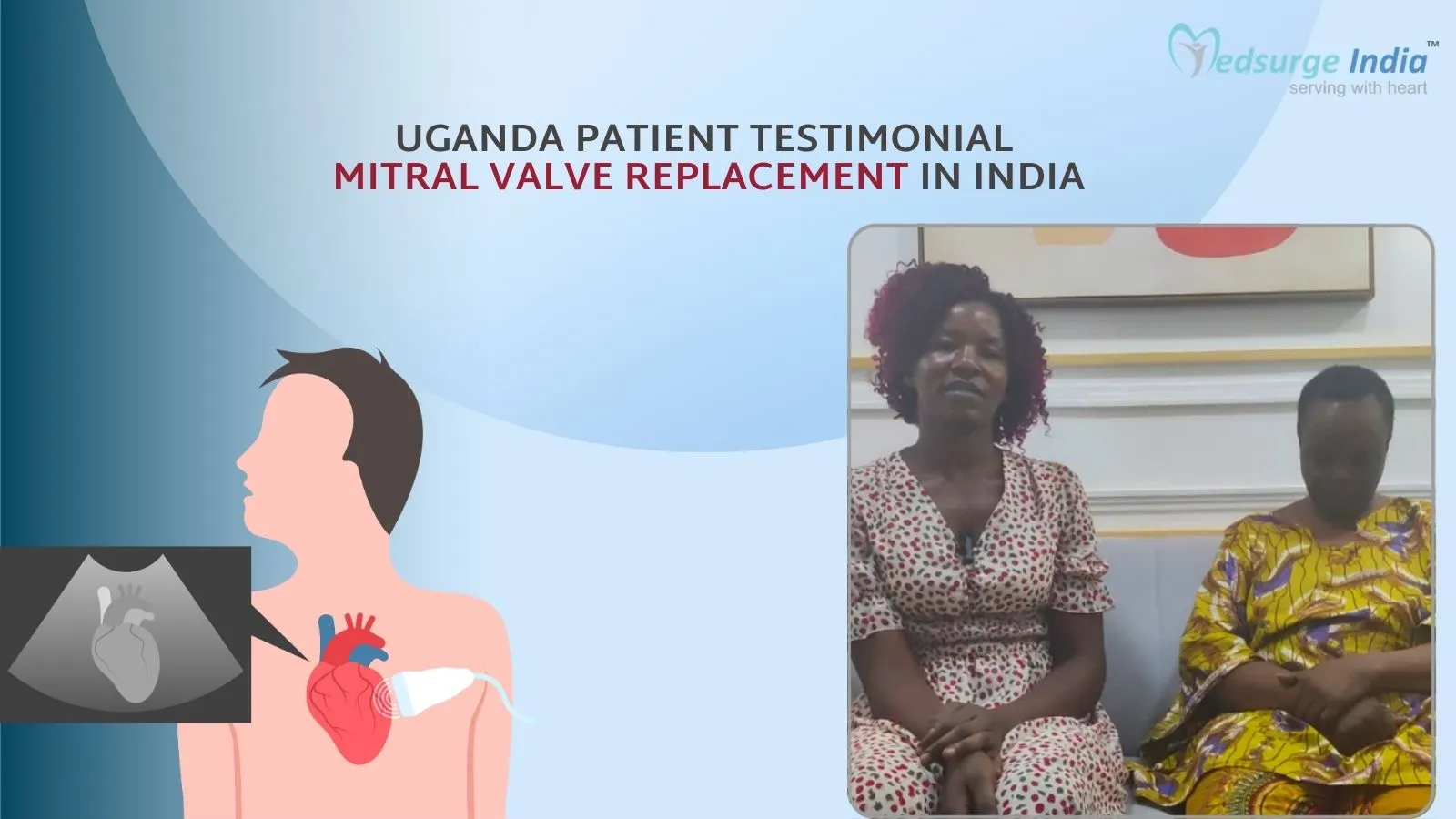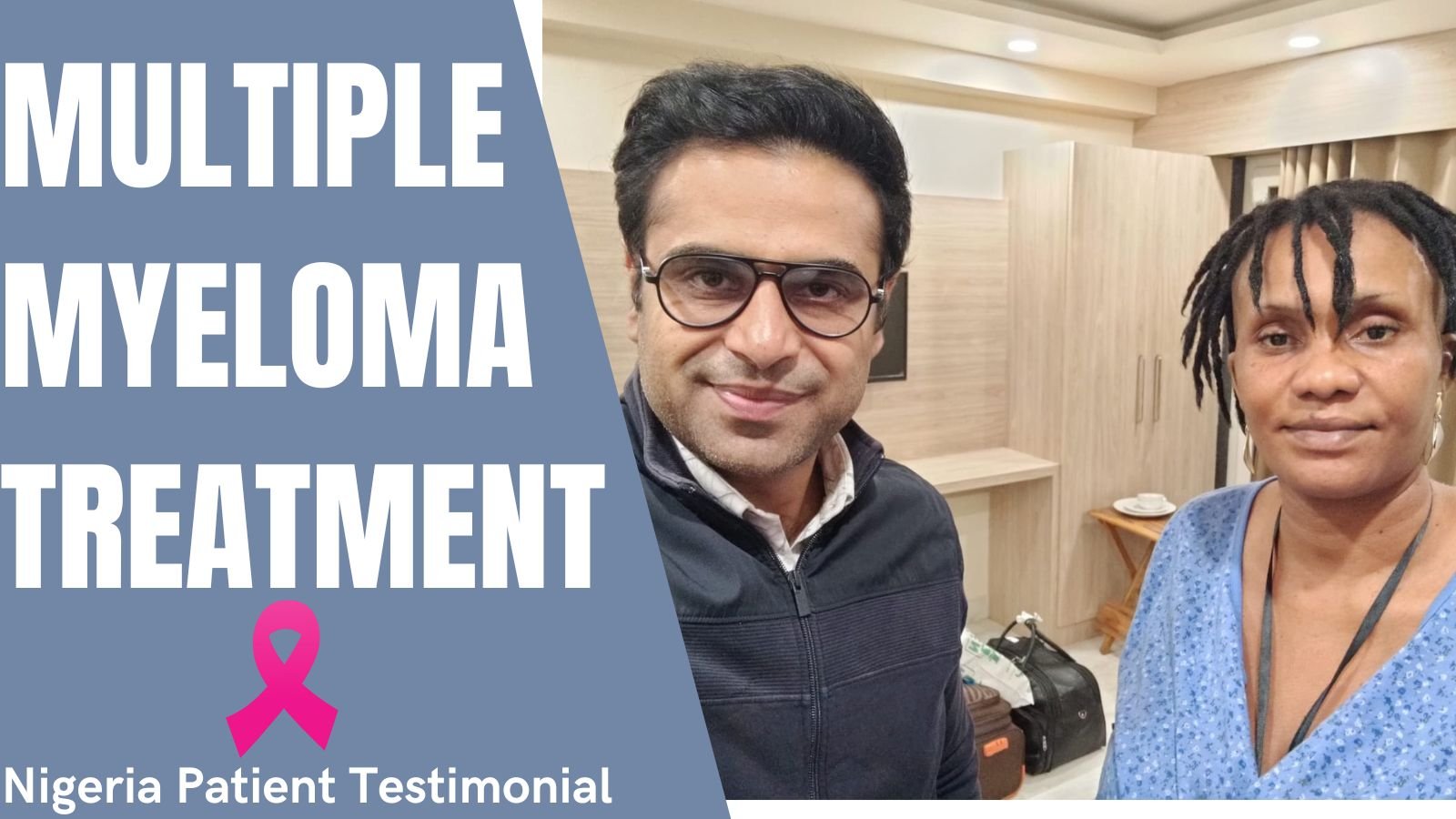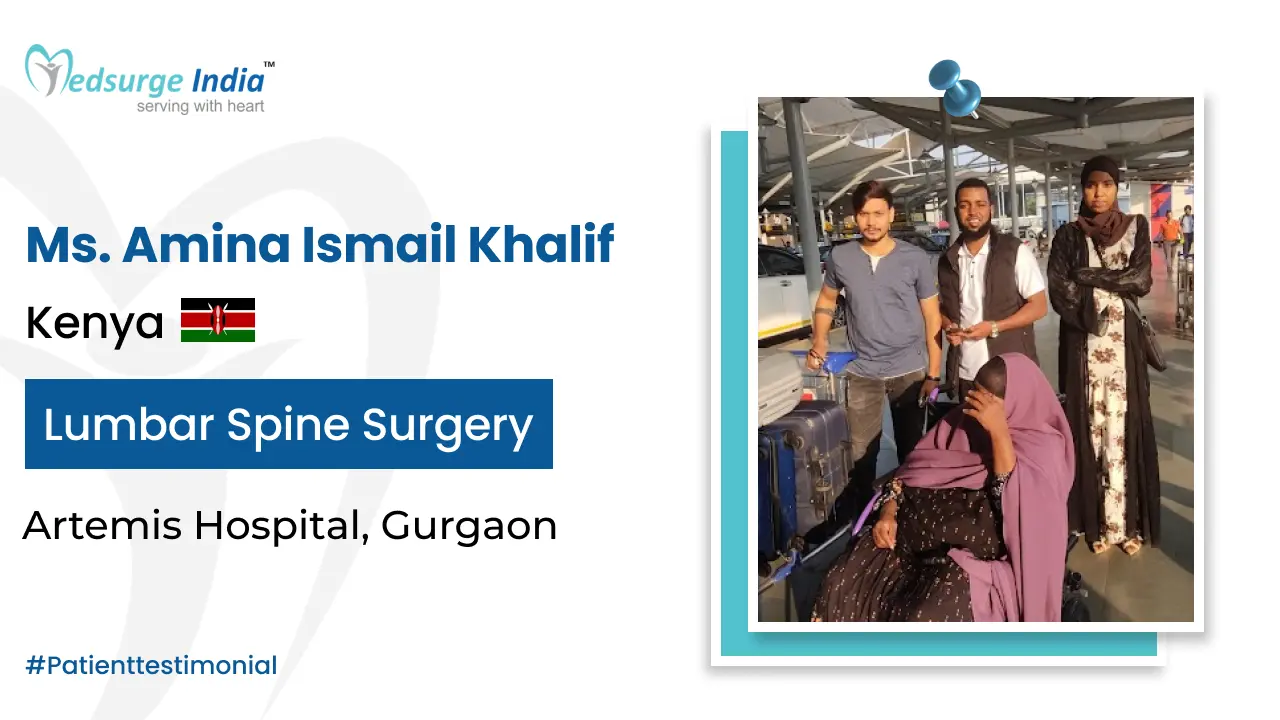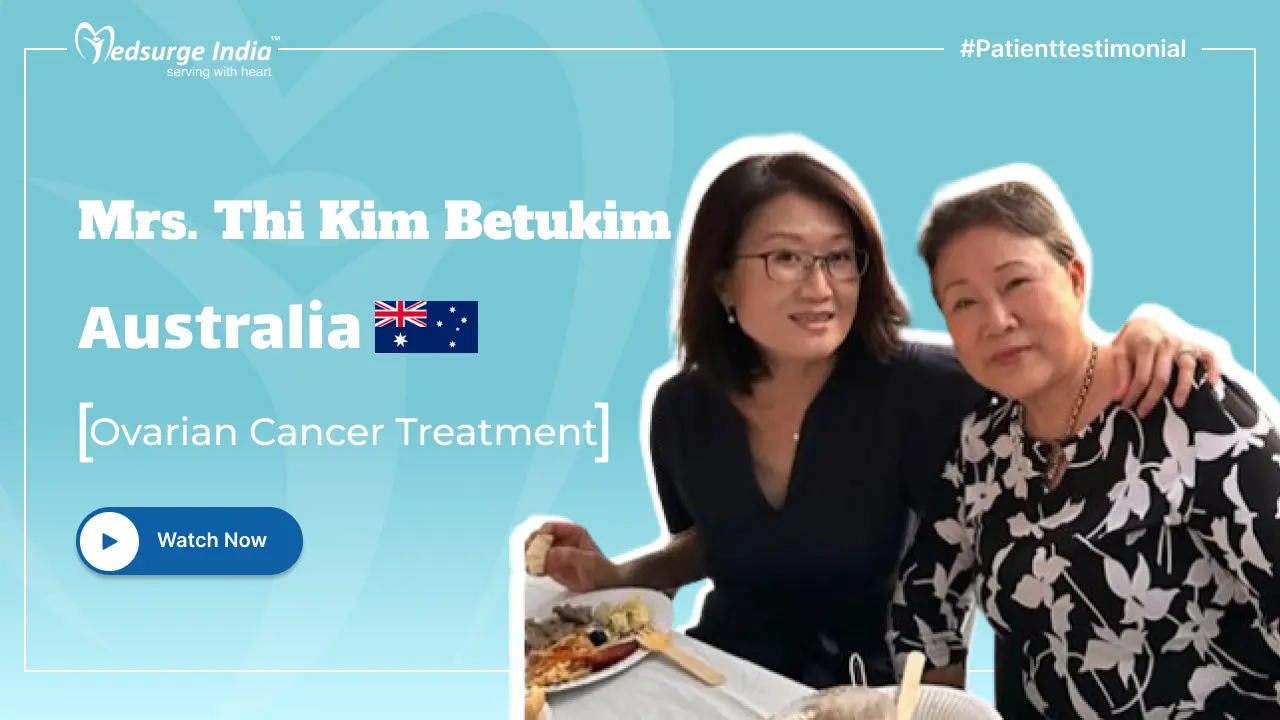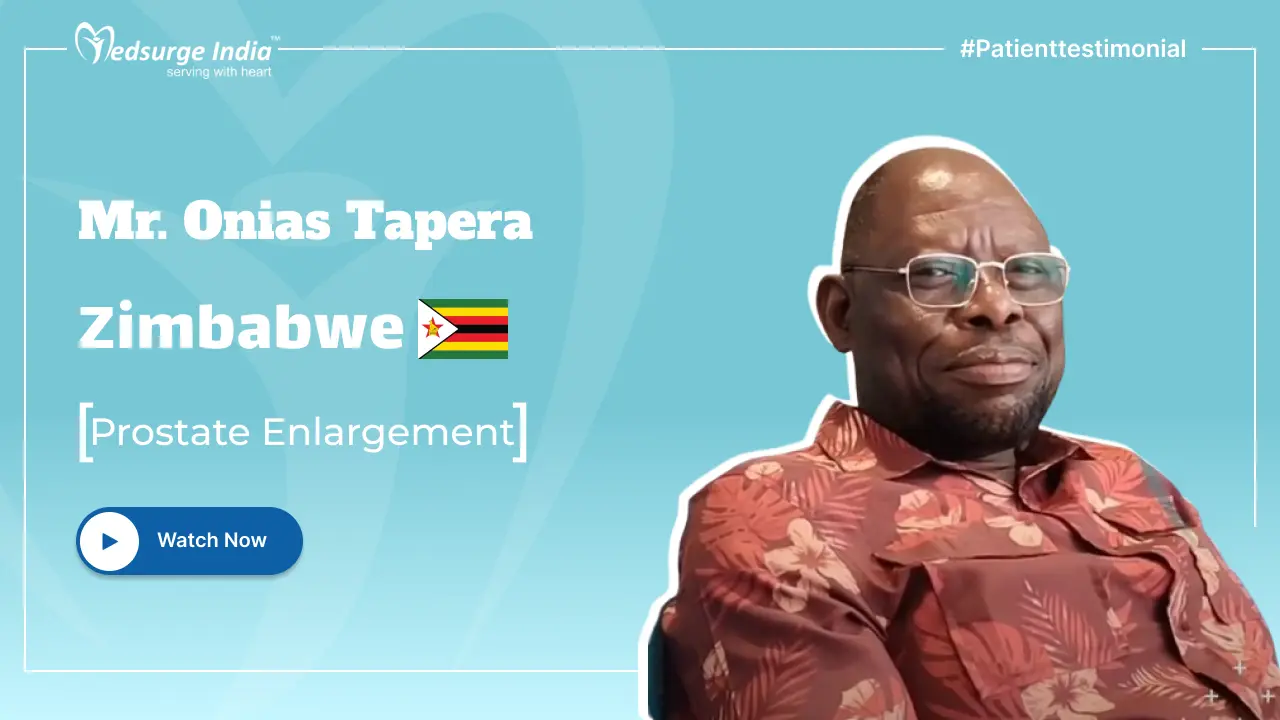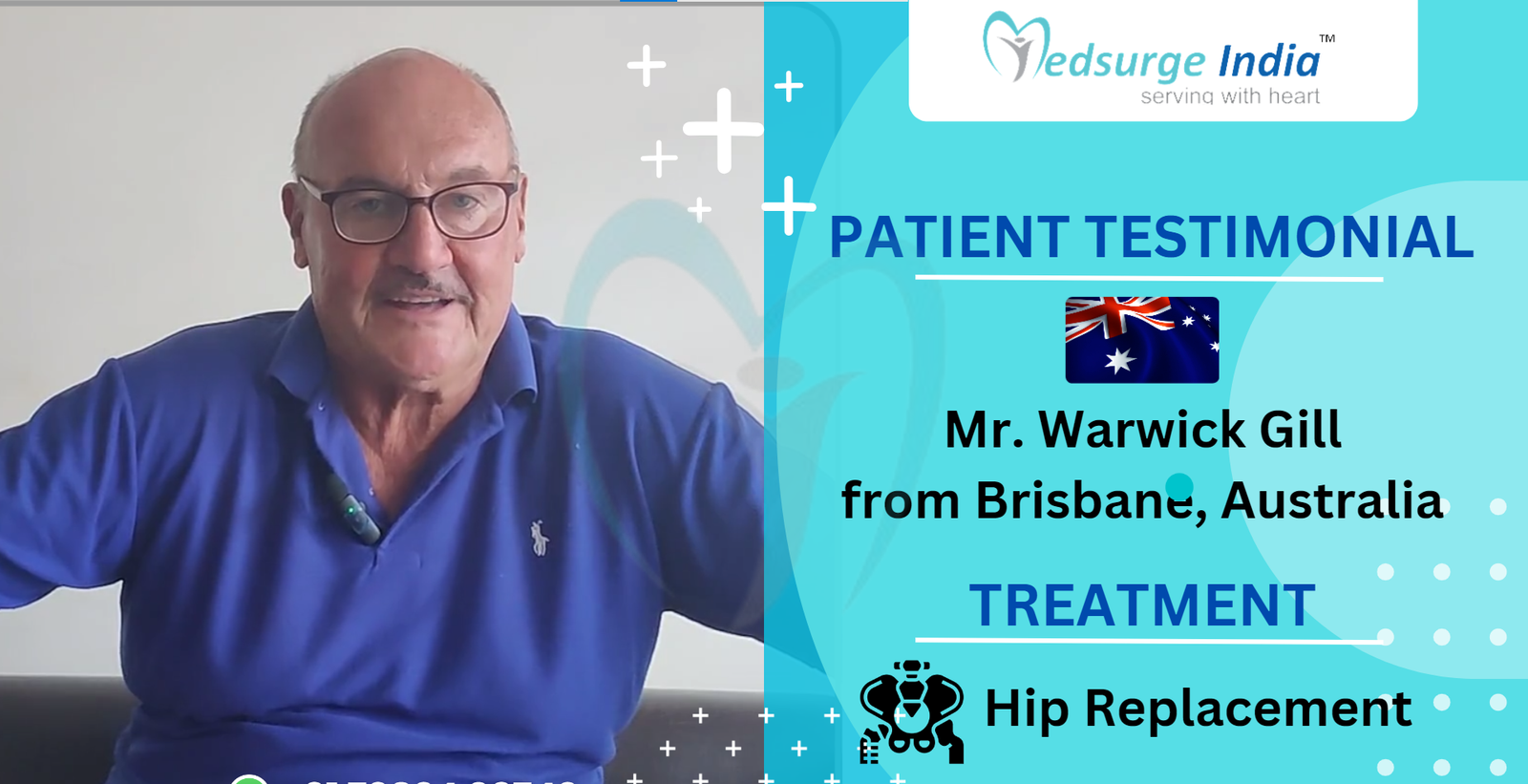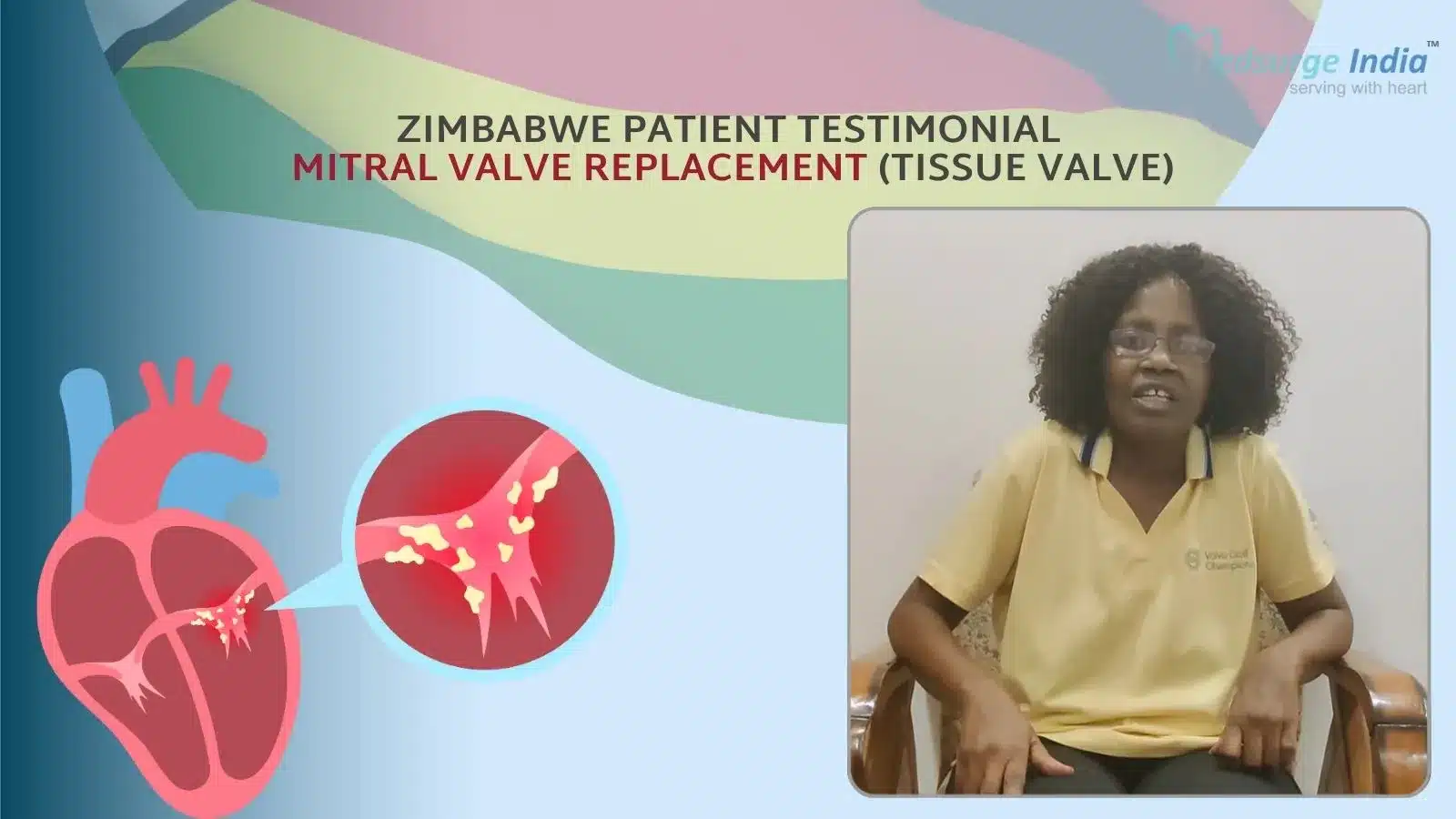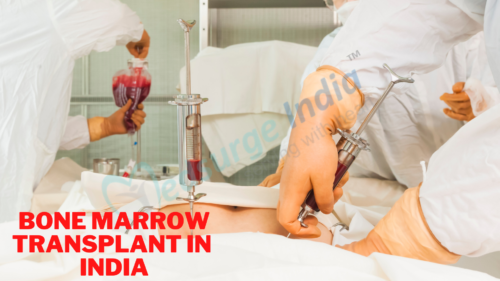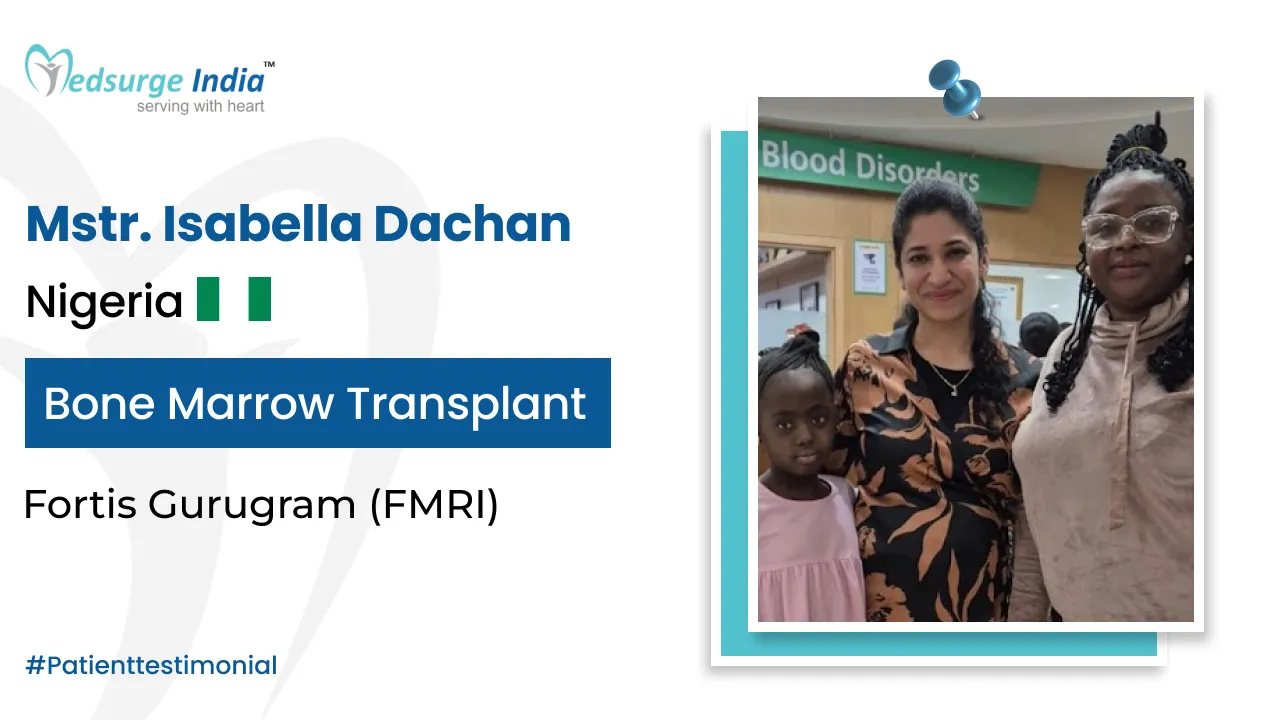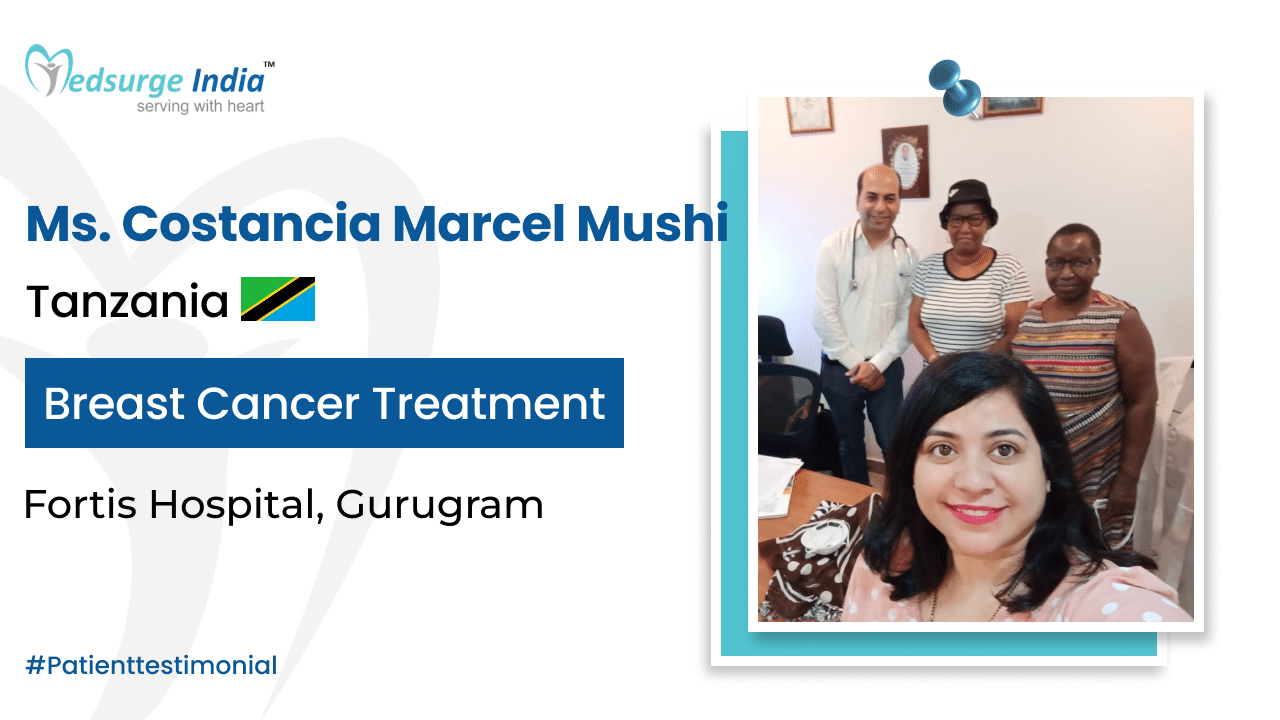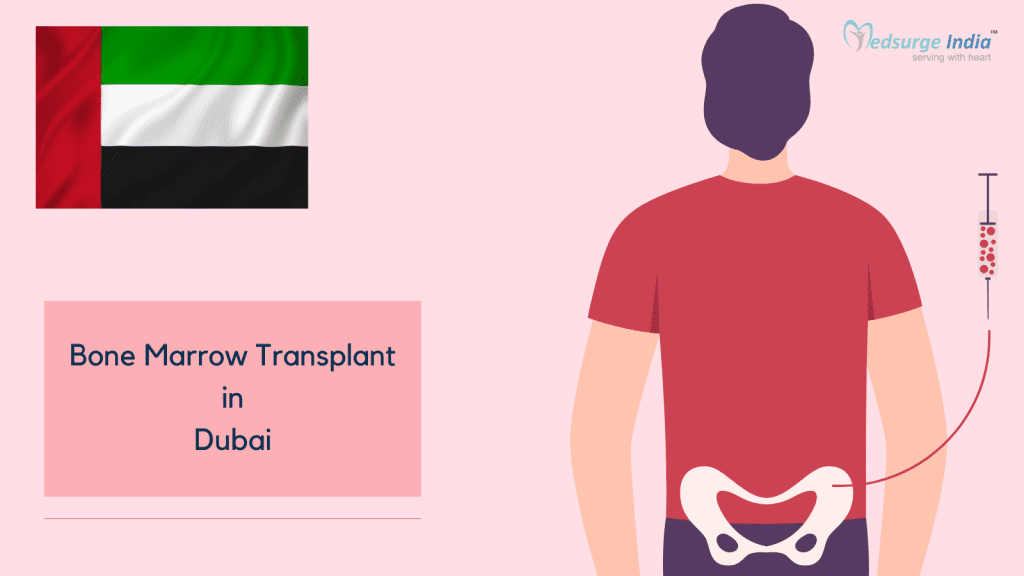
A bone marrow transplant in Dubai, also known as a hematopoietic stem cell transplant, is a life-saving procedure. For certain types of blood malignancies, solid tumors, and autoimmune disorders, it is an important aspect of routine care. The patient’s stem cells are extracted without the requirement of a donor; this process is an evidence-based treatment that is included in international hematological cancer recommendations.
What is Bone Marrow Transplant?
A bone marrow transplant is a procedure in which damaged bone marrow is replaced with healthy bone marrow. Bone marrow is a spongy tissue within the bone that contains immature cells known as stem cells. These stem cells have the potential to become:
- Red blood cells: They are responsible for transporting oxygen throughout the body.
- White blood cells: These cells aid in the fight against infections.
- Platelets: They have a role in blood coagulation.
Infections, chemotherapy, and diseases destroy the bone marrow, which can be replaced. Bone stem cells are transplanted into the bone marrow, where they make new blood cells and promote the formation of the new marrow.
Bone marrow transplants are divided into three types:
Autologous transplant: This procedure involves the use of a person’s own stem cell.
Allogenic transplant: This involves the use of stem cells from a donor.
Umbilical Cord Blood Transplant – This is an allogeneic transplant that uses stem cells from the umbilical cord blood. With the mother’s permission, the cord is collected and kept shortly after the baby is born. It is a rich source of stem cells, which are subsequently examined, typed, and frozen until needed for transplantation.
What Are the Benefits of Having a Bone Marrow Transplant in Dubai?
Dubai is one of the most popular medical tourism destinations in the Middle East. Dubai hospitals attract patients from all over the world due to their advanced healthcare facilities and high-quality services. There are numerous advantages to having a bone marrow transplant in Dubai. The first is the high-tech infrastructure and high-quality therapy provided by the leading bone marrow transplant hospitals in Dubai. Adults and children with blood problems or cancers can receive comprehensive care at these institutions’ hematology departments.
The total cost of a bone marrow transplant in Dubai is USD and determined by the following factors:
- Donor Availability
- The severity of the condition of the patient
- The type of transplant that is necessary
- The hospital’s location, nature, and clinical infrastructure
- Time spent in the hospital
- The surgeon’s expertise and fee
- Other laboratory testing and diagnostics
If a person’s histocompatibility with the patient is high enough, they can become a BMT donor. This means they have a genetic makeup that is quite similar to the patients. A matching donor is usually a kid, a sibling or brother, or a parent from one’s own relatives.
An unrelated donor, on the other hand, can provide the best match for a patient. It is not necessary to have a perfect match, but a close match is required for a great outcome.
Who Is a Good Candidate for Bone Marrow Transplant?
A Bone Marrow Transplant in Dubai is performed on persons who have one of the following diseases:
- Leukemia
- Severe blood diseases like thalassemia, aplastic anemia, and sickle cell anemia
- Multiple myelomas
- Certain immune deficiency diseases
- Inborn errors of metabolism
- Plasma cell disorders
- Neuroblastoma
- Primary amyloidosis
- POEMS syndrome
- Bone marrow failure syndrome
Cancer patients may require a Bone Marrow Transplant if their bone marrow gets damaged by radiation or chemotherapy. The only treatment for this medical condition is radiation or chemotherapy. The chemotherapy and radiation treatment procedure help to destroy abnormal blood cells and abnormal stem cells.
However, in the process, the normal cells are also destroyed. At the same time, aggressive chemotherapy can even damage healthy bone marrow. Only a bone marrow transplant can help save the patient by replacing the destroyed bone marrow.
Bone Marrow Transplant Cost in Dubai
The average Bone Marrow Transplant Cost in Dubai starts from USD 13000. Bone Marrow Transplant Cost in Dubai are more affordable when compared to other nations the hospitals in Dubai have some of the best state-of-the-art types of equipment and renowned orthopedic surgeons in the globe. Here is a list of the pricing of bone marrow transplant in Dubai
| Treatment | Starting Price |
| Allogenic Bone Marrow Transplant | USD 20000 |
| Autologous Bone Marrow Transplant | USD 17000 |
| Haplo- allogeneic transplant | USD 18000 |
Please note that the cost of the treatment can vary depending on various factors
Factors That Can Affect Bone Marrow Transplant Cost in Dubai
The standard and excellence of medical treatment and amenities are comparable to those of the most prominent healthcare facilities in the world, even after deducting the cost of lodging, meals, and transportation. Following below are some variables that can affect bone marrow transplant cost in Dubai:
- Medication costs.
- Duration of treatment.
- Geographical location.
- Hospitalization expenses.
- Government policies and subsidies.
- Medical tourism packages.
- Hospital reputation and infrastructure.
- The expertise and experience of medical professionals.
- The type and frequency of diagnostic procedures.
- The choice of treatment modality.
These characteristics can aid patients and medical professionals in effectively negotiating and making decisions that suit their individual needs and preferences. Additionally, under the direction of the most skilled physicians, Medsurge India provides the most economical bone marrow transplant cost in Dubai for foreign patients.
Get Free Cost Estimation
Procedure
Bone Marrow Transplant Is Dubai
You will have the bone marrow transplant when your doctor feels you are ready. It is similar to getting a blood transfusion.
Bone marrow cells from your donor will be extracted a day or two before your procedure if you are undergoing an allogeneic transplant. Your own cells will be obtained from the stem cell bank if they are needed.
There are two methods for collecting cells.
A needle is used to collect cells from both hipbones during a bone marrow harvest. You will be sleepy and pain-free during this treatment since you’ll be sedated.
Helpful – HLA Test: Purpose, Procedure, Interpretation
Leukapheresis
A donor receives five doses during leukapheresis to help the stem cells migrate from the bone marrow into the bloodstream. An intravenous (IV) line is used to obtain blood, and a machine separates the white blood cells that contain stem cells.
On the upper right side of your chest, a needle called a central venous catheter, or a port will be implanted. This permits the new stem cell-containing fluid to flow directly into your heart. Following that, the stem cells disperse throughout your body. They pass through your bloodstream and into the marrow of your bones. They will establish themselves and grow there.
Because the bone marrow transplant is done in numerous sessions over a few days, the port is left in place. The new stem cells have the best chance of integrating into your body if you have multiple sessions. Engraftment is the term for this procedure.
You’ll also get blood transfusions, drinks, and potentially nutrition through this channel. It’s possible that you will require antibiotics to combat infections and aid the growth of your new bone marrow. This is contingent on your ability to cope with the therapies.
You will be constantly monitored for any issues throughout this period.
What to Expect after Bone Marrow Transplant?
The genetic compatibility of the donor and recipient is crucial to the success of a bone marrow transplant. Finding a good match among unrelated donors might be difficult at times.
Your engraftment will be checked on a regular basis. It usually takes between 10 and 28 days to complete following the initial transplant. An increasing white blood cell count is the first indicator of engraftment. This indicates that the transplant is producing new blood cells.
A bone marrow transplant usually takes three months to recover from. It may, however, take up to a year for you to fully recover. Several factors influence recovery, including:
- The condition that is being treated
- Chemotherapy
- Radiation
- A match of donors
- Where the transplant will take place
It is possible that some of the side effects you encounter following the transplant will last the remainder of your life.
The Most Important Frequently Asked Questions
Q: Who Can Be an Allogeneic Transplant Donor?
A: The overall health and genetic compatibility of a potential bone marrow donor are assessed. Blood testing for HLA typing is used in bone marrow matching tests to prevent rejection after the transplant.
Typically, the brothers and sisters are screened for a match first, as they are the most likely to be the best fit. Parents are rarely good matches, but with a haploidentical transplant, they can be considered.
A donor should be in good physical condition. They’ll have to go through a series of medical exams to make sure the surgery won’t put their or the recipient’s health at risk.
Q: After BMT, How Long Will I Have to Stay in the Hospital?
A: In the case of an autologous stem cell transplant, the patient will be required to stay in the hospital for around three weeks, and around four weeks in the case of an allogeneic stem cell transplant. During this time, the medical team keeps a close eye on the patient for signs of infection, graft rejection, and other adverse effects.
Q: What Are the Risks Associated with a Bone Marrow Transplant?
A: Bone marrow transplant risks include bleeding, infection, liver disease, and graft-versus-host disease. Medication is used to manage the pain caused by transplant problems. Furthermore, oral sores may develop, making swallowing and chewing difficult. Temporary mental confusion can also be a symptom of difficulties following a bone marrow transplant.
Q: What Is the Purpose of a Bone Marrow Transplant?
A: Patients with life-threatening diseases such as leukemia or multiple myeloma can benefit from a bone marrow transplant.
Q: Is Being a Bone Marrow Donor Painful?
A: It is a myth that bone marrow donation is painful. The vast majority of persons who have donated a portion of their bone marrow say it is a perfectly painless and pleasant experience.
Bone marrow can be extracted in one of two ways: either from the pelvic bone under general anesthesia or from the patient’s bloodstream. The donor is given hormone injections before the second treatment to help the stem cells grow in the bloodstream. The donor’s blood is then obtained in order to extract stem cells.

